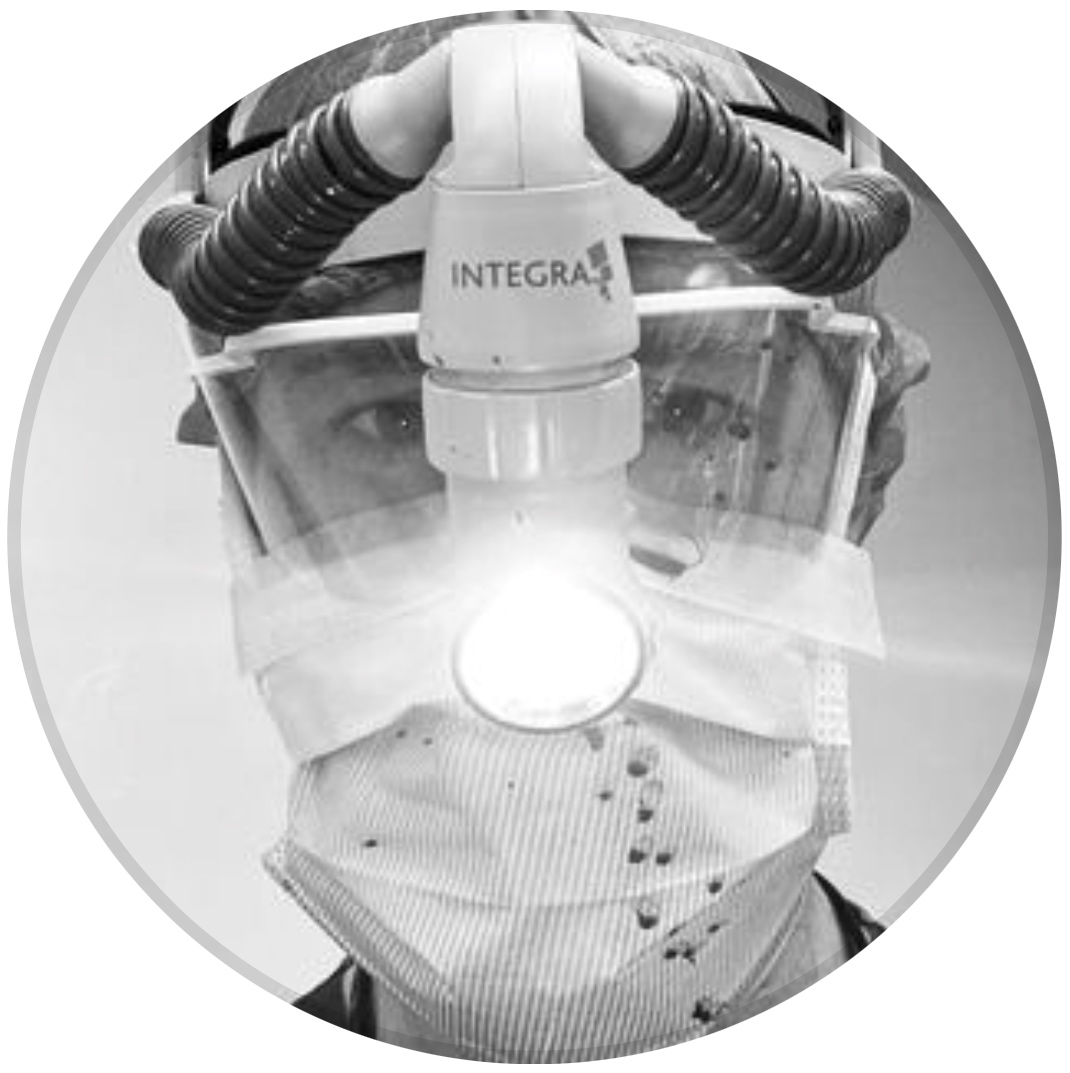Periprosthetic Femur Fracture with Early Implant Failure in a Nonagenarian
Score and Comment on this Case
Clinical Details
Clinical and radiological findings: A 90-year-old healthy and active female, with a history of rock climbing, mountaineering, and alpine skiing, sustained a periprosthetic femur fracture following a ground-level fall. She initially underwent open reduction and internal fixation with bridge plating at a neighboring hospital. Three weeks postoperatively, she experienced another fall at her rehabilitation facility, resulting in catastrophic early implant failure and fracture displacement. The patient has no significant medical problems and her hip arthroplasty was performed 20 years ago, which she continues to be satisfied with. Radiological evaluation revealed a long, simple fracture pattern at the tip of the femoral implant, complicated by generalized osteoporosis.
Preoperative Plan
Planning remarks: The preoperative plan involved achieving relative stability through direct reduction to restore length, alignment, and rotation due to the long simple fracture pattern with early callus formation. Given the osteoporosis and bone loss from distal segment cut-out, the use of a long laterally based locking implant in bridging mode was planned, supplemented by an orthogonal plate to counteract torsional forces. Commercially available bone graft substitute with live bone lineage cells was selected to promote healing.
Surgical Discussion
Patient positioning: The patient was positioned laterally to facilitate access to the femur.
Anatomical surgical approach: An extensive lateral approach to the femur was performed. The fragments were mobilized to achieve reduction, ensuring fragment-to-fragment contact.
Operative remarks:The surgeon noted that in osteoporotic bone, absolute stability is not achievable due to poor bone quality. Therefore, relative stability was prioritized. 2.4 mm screws were used to maintain fragment contact without providing absolute stability, allowing for micromotion conducive to callus formation. A long laterally based locking plate was applied in bridging mode, and an orthogonal plate was added to mitigate torsional forces. Autograft was deemed unreliable in this age group; hence, a commercially available bone graft substitute with live bone lineage cells was utilized to enhance the biological environment for healing.
Postoperative protocol: The postoperative rehabilitation protocol focused on immediate mobilization with weight-bearing as tolerated to encourage early ambulation.
Follow up: Not specified.
Orthopaedic implants used: Long laterally based locking plate, orthogonal plate, 2.4 mm screws, commercially available bone graft substitute with live bone lineage cells.
Search for Related Literature

orthopaedic_trauma
- United States , Seattle
- Area of Specialty - General Trauma
- Position - Specialist Consultant

Industry Sponsership
contact us for advertising opportunities










Article viewed 112 times
14 Jul 2025
Add to Bookmarks
Full Citation
Cite this article:
Surname, Initial. (2025). Periprosthetic Femur Fracture with Early Implant Failure in a Nonagenarian. Journal of Orthopaedic Surgery and Traumatology. Case Report 42289637 Published Online Jul 14 2025.